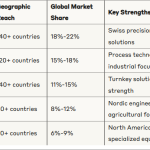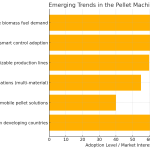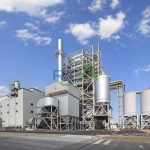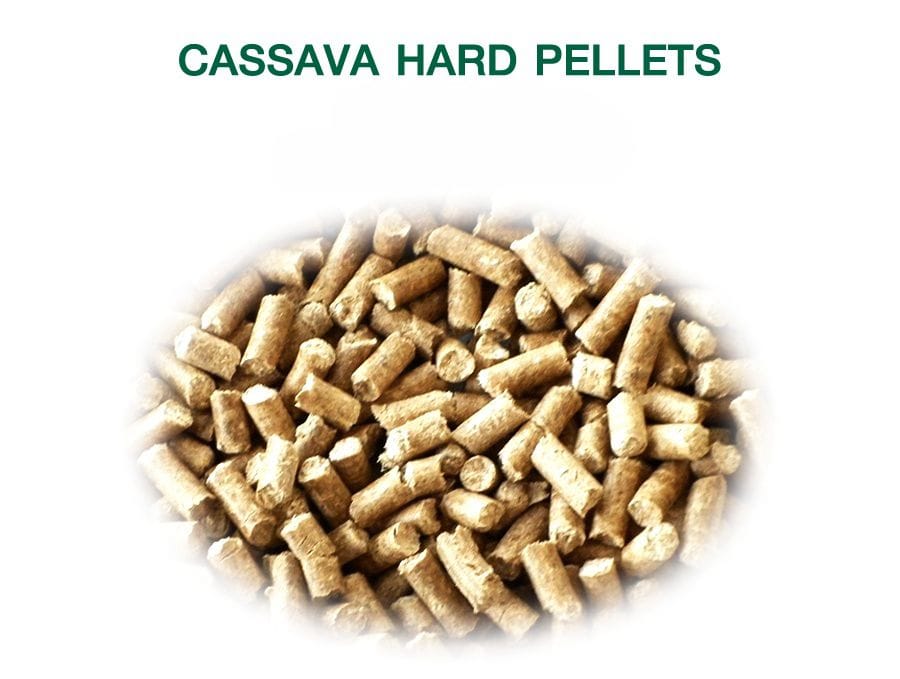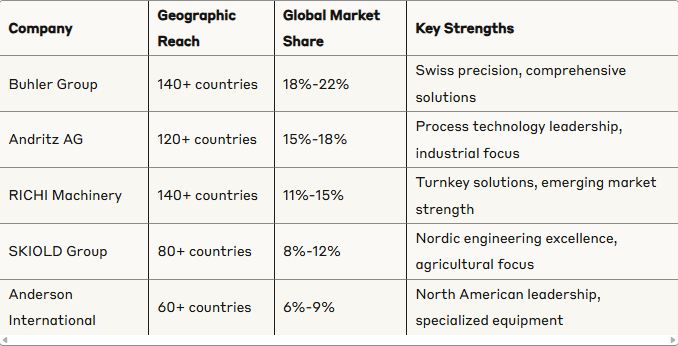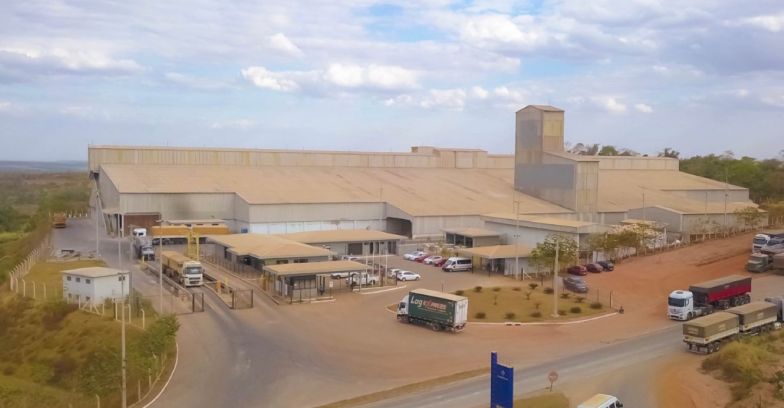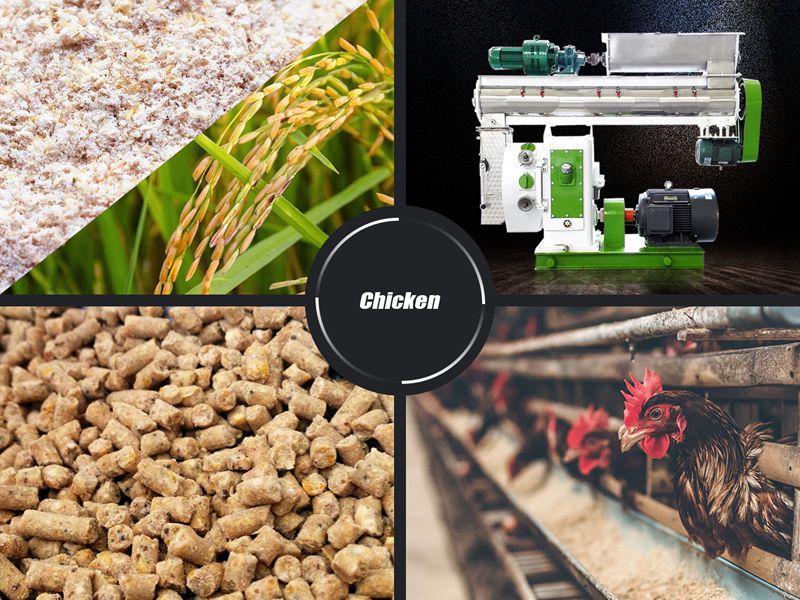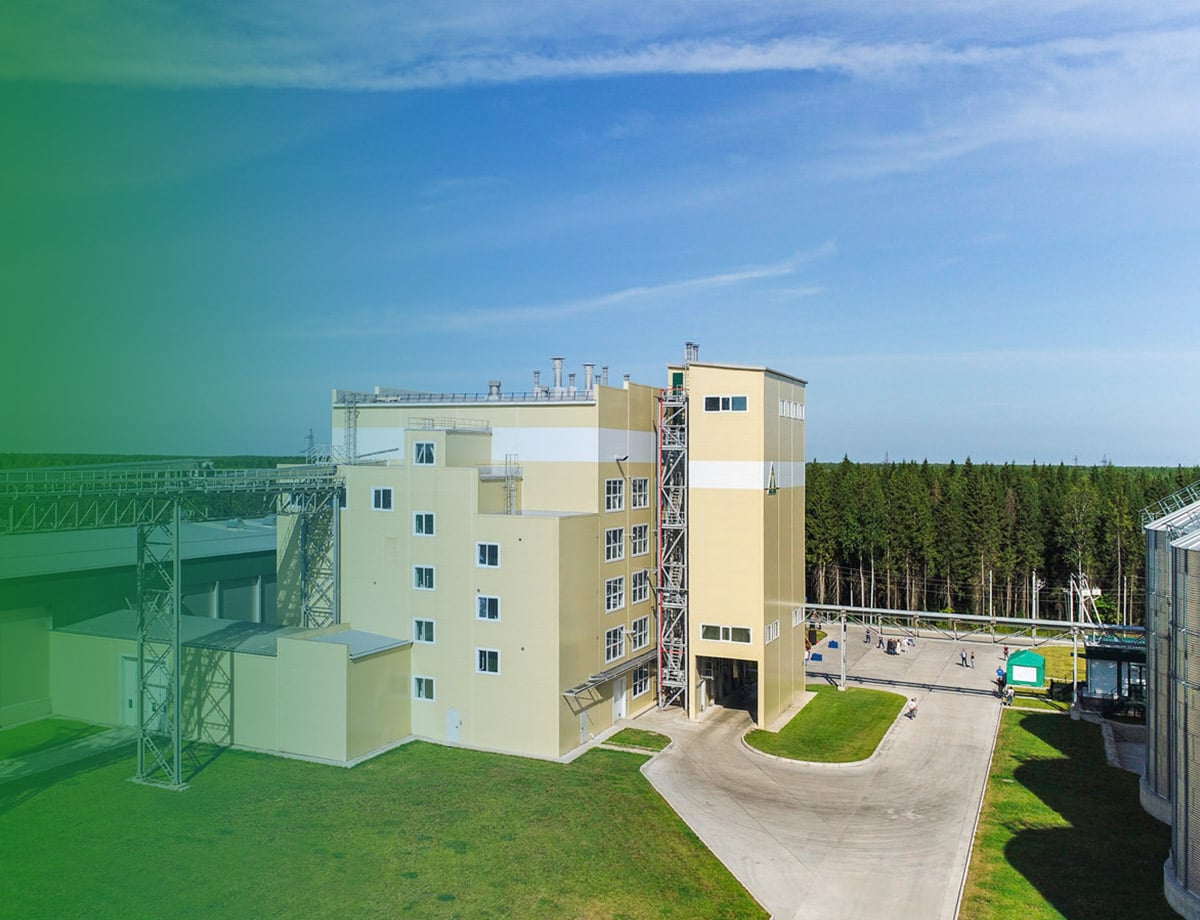Cassava pellet making machines are essential in converting cassava, a widely cultivated root crop, into high-density pellets for various applications, including animal feed and bioenergy. The efficiency and effectiveness of these machines depend significantly on their components. Understanding how each component impacts costs can help manufacturers optimize their operations and improve profitability. This article explores the key components of a cassava pellet making machine and how they influence overall production costs.
1. Feeding System
The feeding system is responsible for delivering raw cassava material into the pellet machine. Its design and efficiency can greatly affect production costs.
- Type of Feeder: Different types of feeders, such as screw feeders and belt feeders, have varying costs and efficiencies. Screw feeders generally provide a more consistent flow of material, which can reduce waste and improve pellet quality. Investing in a high-quality feeder can lead to lower operational costs over time.
- Maintenance Costs: A well-designed feeding system will require less maintenance, reducing downtime and associated costs. Regular maintenance of the feeder components is crucial to prevent clogging and ensure a steady supply of cassava to the machine.
2. Crusher
The crusher is a vital component that reduces the size of cassava before it is processed into pellets. The efficiency of this component directly impacts production costs.
- Energy Consumption: The type of crusher used can influence energy consumption. Hammer mills, for example, may consume more energy than roller mills. Selecting an energy-efficient crusher can lead to significant savings in operational costs.
- Wear and Tear: The quality of the crusher affects its durability. High-quality crushers made from wear-resistant materials will have a longer lifespan, reducing the need for frequent replacements and maintenance, thereby lowering overall costs.
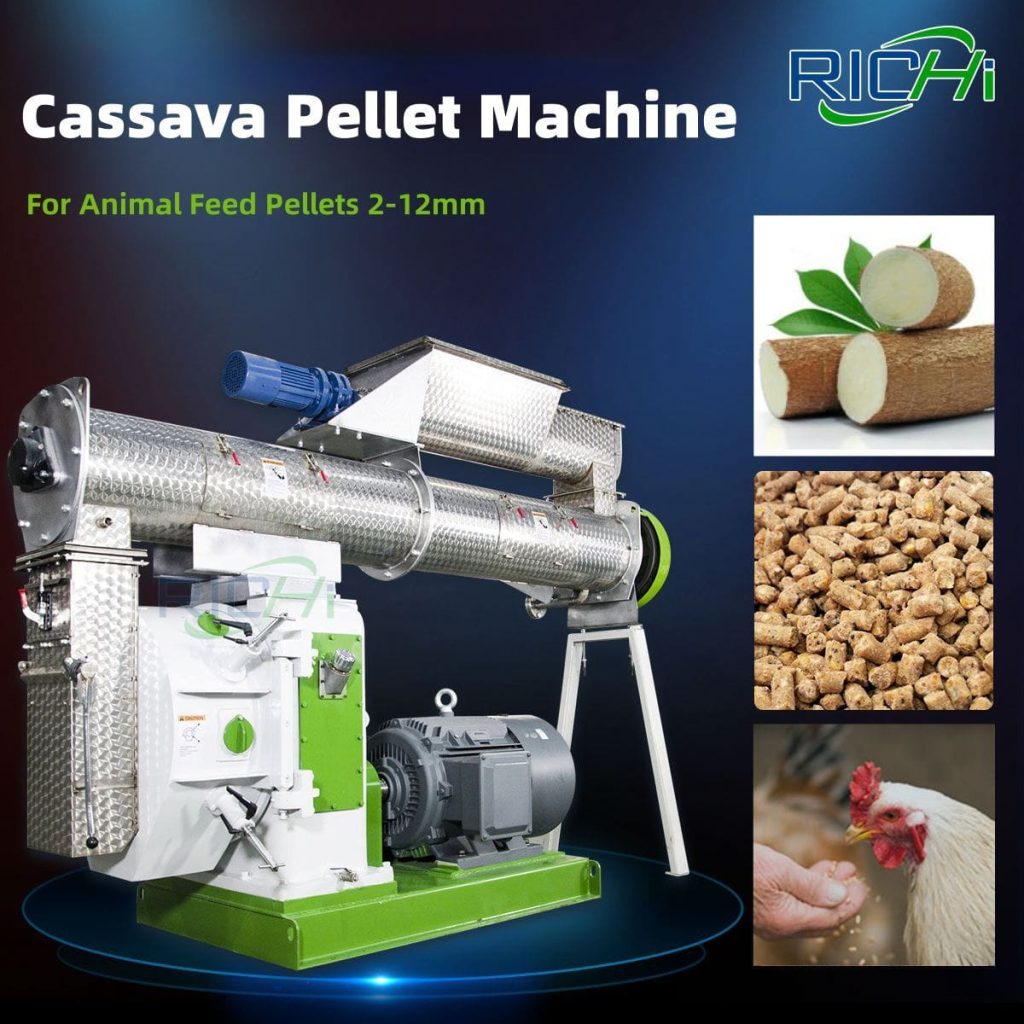
3. Conditioner
The conditioner prepares the cassava for pelleting by adding moisture and heat, which enhances the binding properties of the material.
- Moisture Control: The ability to precisely control moisture levels is crucial for producing high-quality pellets. If the conditioning process is inefficient, it can lead to poor pellet quality, requiring additional processing and increasing costs.
- Heating Efficiency: The type of heating system used in the conditioner can affect energy consumption. Efficient heating systems that evenly distribute heat can improve the conditioning process and reduce energy costs.
4. Pellet Mill
The pellet mill is the core component of the cassava pellet making machine, where the actual pelleting occurs. Its performance directly impacts production efficiency and costs.
- Die and Roller Quality: The quality of the die and rollers affects pellet formation and durability. High-quality dies and rollers made from wear-resistant materials will last longer and require less frequent replacement, reducing long-term costs.
- Production Capacity: The design and specifications of the pellet mill determine its production capacity. A machine with a higher output capacity can produce more pellets in less time, leading to lower per-unit production costs. However, it is essential to balance capacity with the actual demand to avoid overproduction.
5. Cooling System
The cooling system is essential for stabilizing the pellets after they are formed. Proper cooling ensures that the pellets maintain their shape and quality.
- Cooling Efficiency: An efficient cooling system, such as a counterflow cooler, can quickly reduce the temperature of the pellets while minimizing moisture loss. This efficiency is crucial for maintaining pellet quality and preventing spoilage.
- Impact on Production Rate: An effective cooling system can prevent bottlenecks in the production process, allowing for a smoother workflow and higher overall output. Delays in cooling can lead to increased operational costs due to downtime.
6. Screening System
The screening system is responsible for removing fines and ensuring uniform pellet size, which is important for product quality.
- Screen Design: The design of the screen affects its efficiency in separating fines from the finished pellets. A well-designed screening system can reduce waste and improve the overall quality of the product, which can enhance marketability and profitability.
- Maintenance Requirements: Regular maintenance of the screening system is necessary to prevent blockages and ensure optimal performance. A reliable screening system will require less frequent repairs, reducing overall maintenance costs. (Related post: ring die pellet machine)
7. Packaging System
The packaging system is the final step in the pellet production process, and its efficiency can impact overall productivity and costs.
- Automated Packaging: Investing in automated packaging systems can significantly enhance efficiency by reducing the time and labor required for packaging. This automation can lead to lower labor costs and increased throughput.
- Quality Control: Proper packaging is crucial for maintaining pellet quality during storage and transportation. High-quality packaging materials can prevent moisture ingress and spoilage, ensuring that the product reaches the market in optimal condition.
8. Control Systems
Advanced control systems can enhance the overall efficiency of the cassava pellet making machine.
- Real-Time Monitoring: Implementing real-time monitoring systems allows operators to track key parameters such as temperature, pressure, and feed rate. This data enables timely adjustments to optimize the production process, reducing waste and improving efficiency.
- Data Analysis: Utilizing data analysis tools can help identify trends and areas for improvement in the production process. By analyzing historical data, manufacturers can optimize component configurations and enhance overall efficiency.
9. Conclusion
The components of a cassava pellet making machine significantly influence production costs and overall efficiency. By focusing on the quality and efficiency of the feeding system, crusher, conditioner, pellet mill, cooling system, screening system, packaging system, and control systems, manufacturers can optimize their operations and improve profitability.Investing in high-quality components and implementing best practices for maintenance and monitoring will contribute to the long-term success and sustainability of cassava pellet production operations. As the demand for renewable energy sources continues to grow, optimizing the use of cassava and other biomass materials through effective machine configuration will be crucial for maintaining a competitive edge in the market. By prioritizing these optimization strategies, producers can enhance efficiency, reduce costs, and improve the quality of their final product.


